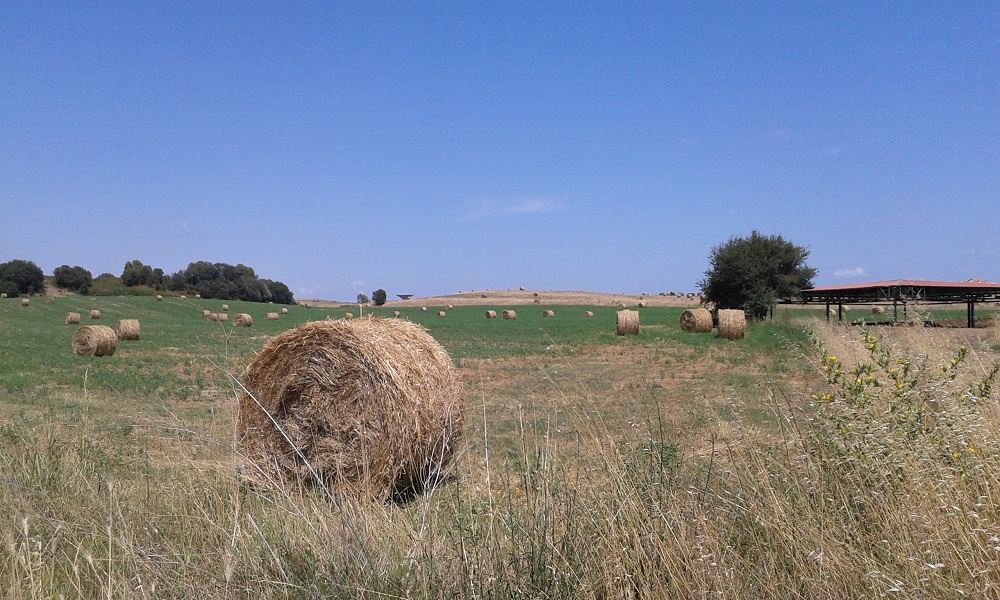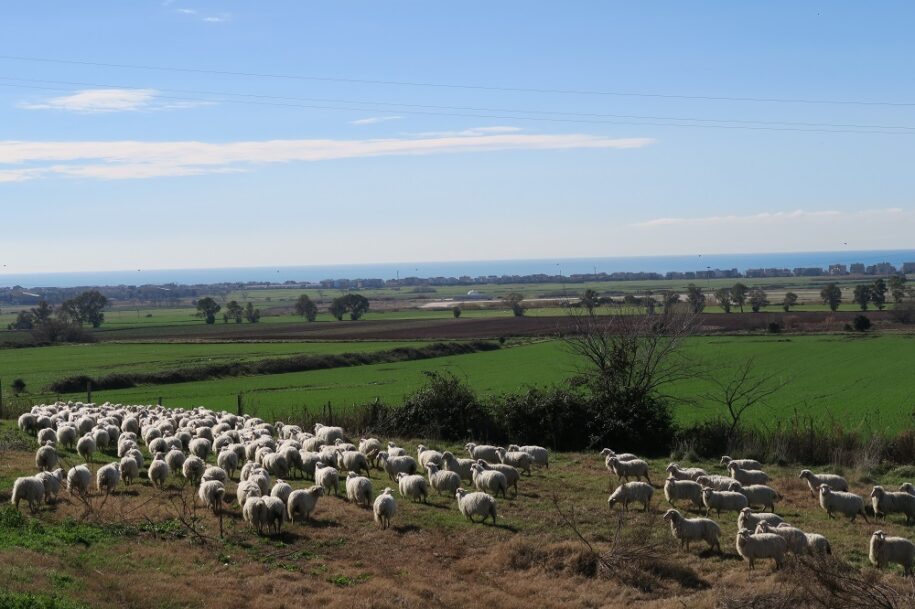One of the peculiarities of the ancient Lavinium derives from the integration between archaeological heritage and landscape: we can detect it in the poetic and metaphorical message of the Virgilian Aeneid and in the botanical iconography of the Ara Pacis.
Both operas connect the role of nature in the political and cultural regeneration program desired by Augustus.
Thanks to the archaeological and naturalistic uniqueness, this site embodies the historical values of places with those of nature. It also offers the opportunity to visit itineraries underlining the vision given to them in the past.
Compared to the ancient landscape, the area has undergone profound changes over the centuries because of natural phenomena, such as the progressive removal of the coastline, the variation in the extension of the humid areas behind the dunes, or other effects related to volcanism.
This process involved even human actions, like the reclamation of the early 1900s, as the more recent development of a new urban and industrial conglomerate.
However, significant residual elements of various types of woods remained: from the traces of Mediterranean holm oaks and cork forests in the warmest formation to the cooler deciduous oak forests in the slope areas, up to the laurel trees in the wetter areas facing north.
For these residual presences, the gorge and valley areas behind the ancient village are in the Sites of Community importance of the Natura 2000 Network (established according to the Directive 92/43 / EEC Habitat). These typologies are associated in a complex mosaic, with both different types of hygrophilous vegetation of the spring and riparian areas, with formations of rushes, iris, and reeds, and those linked to human action for cutting, grazing, and fire. The outcome is the development of nitrophilous aspects of asphodeleti, cardeti, urticeti, brambles, and ferns, merging with the extensive agricultural plots that still retain the charm of a rural landscape now, crystallized in the image of the Roman countryside consolidated from the Middle Ages to today.
All this generates a landscape of great naturalistic and highly evocative value, attributable to the definition of “cultural landscape” by UNESCO. Therefore it is necessary to ensure the preservation of the natural and cultural heritage through specific policies, conservation and enhancement services, and scientific research.
In the ongoing enhancement project, the paths and didactic installations to be developed must be aimed primarily at a reinterpretation of the ancient landscape with aspects related to the current reality, Suggesting the perception of the nature of the cives Romanus.
Giulia Caneva


